Blender, a popular open-source 3D creation suite, has received continuous support from AMD over the years. AMD’s commitment to both the Blender Development Fund and the Blender Code Base has established the company as a long-standing supporter of the Blender community. In April 2021, Blender made a significant announcement regarding a complete rewrite of their default renderer, Cycles, which led to a crucial change affecting AMD users directly. This article explores the impact of this decision, AMD’s response, and the exciting advancements that emerged from their collaboration with Blender.
The Removal of OpenCL Rendering Support
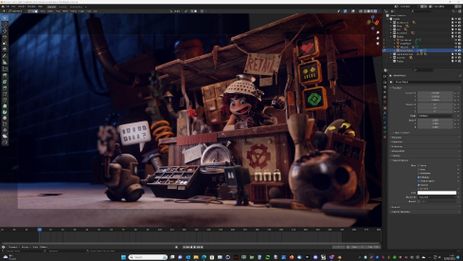
Blender’s decision to rewrite Cycles was met with widespread enthusiasm from the Blender community. However, the removal of OpenCL rendering support for AMD GPUs caused concern among AMD users. Blender justified this step as a means to enhance technical aspects and overall performance. Unfortunately, this left AMD users without dedicated GPU support within Blender.
The Advent of HIP: Bringing AMD Support Back
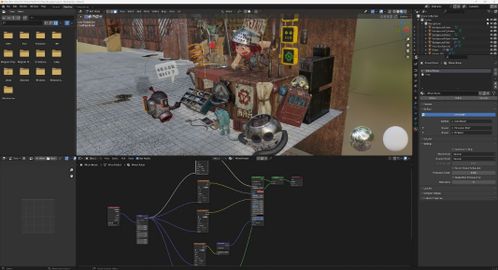
In response to the removal of OpenCL rendering support, AMD introduced a new solution called the Heterogeneous Interface for Portability (HIP) API. By leveraging the HIP architecture, Blender was able to reintroduce support for AMD hardware in version 3.0 and beyond. This reinstatement was met with relief by the Blender community using AMD GPUs, as they could now fully utilize the enhancements found in Cycles X, such as improved hair and fur rendering, micro-jittering support, and enhanced ambient occlusion handling.
Expanding Possibilities with HIP RT
Building upon the foundation of HIP, AMD introduced HIP RT (Ray Tracing) to enable developers to harness the power of dedicated ray accelerators in RDNA 2 and RDNA 3 architecture-based GPUs. This technology was made available in the public 3.6 beta version of Blender. Early tests have shown that Blender 3.6 with HIP RT performs up to 27% faster on the Radeon™ RX 7900XTX GPU compared to Blender 3.5.1 with HIP running on the same hardware. The inclusion of HIP RT opens up new avenues for real-time ray tracing, providing AMD users with enhanced performance and rendering capabilities.
Radeon™ ProRender: AMD’s Own Render Engine
In addition to HIP and HIP RT, AMD offers its own render engine called Radeon™ ProRender. Developed to adhere to open industry standards, Radeon™ ProRender provides artists with a physically based engine that rivals other renowned engines like VRay and Arnold. This powerful engine is available as a plugin for Blender and seamlessly integrates into versions 2.80 and above for Microsoft Windows®, macOS®, and Linux®. By utilizing Radeon™ ProRender, artists can achieve stunning visual results for various projects, including product designs, architectural visualizations, and visual effects.
Cementing a Strong Partnership
AMD’s continuous support and development efforts for Blender, through HIP, HIP RT, and Radeon ProRender, exemplify their commitment to a lasting partnership. The planned support for USD (Universal Scene Description) and MaterialX compatibility will further solidify AMD’s position within the Blender community. Additionally, the integration of hardware ray tracing capabilities ensures that artists have the necessary speed and capabilities from their graphics cards. As a result, AMD users can look forward to a bright future, characterized by cutting-edge technology and enhanced creativity within the Blender ecosystem.
-
Steam Deck SSD Upgrade Guide: Everything You Need to Know
Maximize your gaming experience by choosing the top Steam Deck SSD upgrades. Learn about the best SSDs for enhanced performance.
-
Nvidia GeForce RTX 4070 Ti SUPER With 26 GBPs Memory
Introducing the NVIDIA GeForce RTX 4070 Ti SUPER, it is a graphics card engineered to redefine gaming performance.
-
Expected One UI 7 Release Date, Supported Devices & Features
Experience a new level of customization and efficiency with Samsung’s One UI 7. Discover the standout features that make it a must-have update.
Conclusion
AMD’s unwavering support for Blender and its community has established the company as a trusted partner. The introduction of HIP, HIP RT, and Radeon ProRender has revitalized AMD’s presence within Blender, addressing the concerns of AMD users while enabling them to explore new possibilities in 3D rendering. As AMD continues to innovate and collaborate with Blender, artists can expect even more exciting advancements, ensuring that AMD remains the hardware of choice for Blender artists.


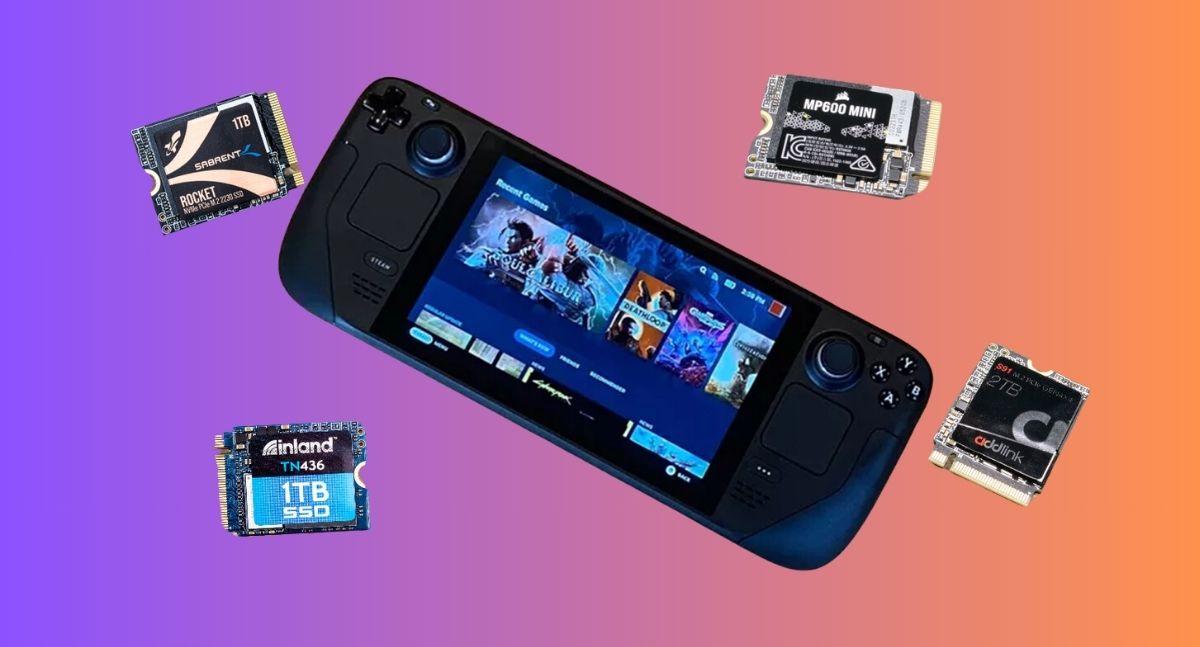
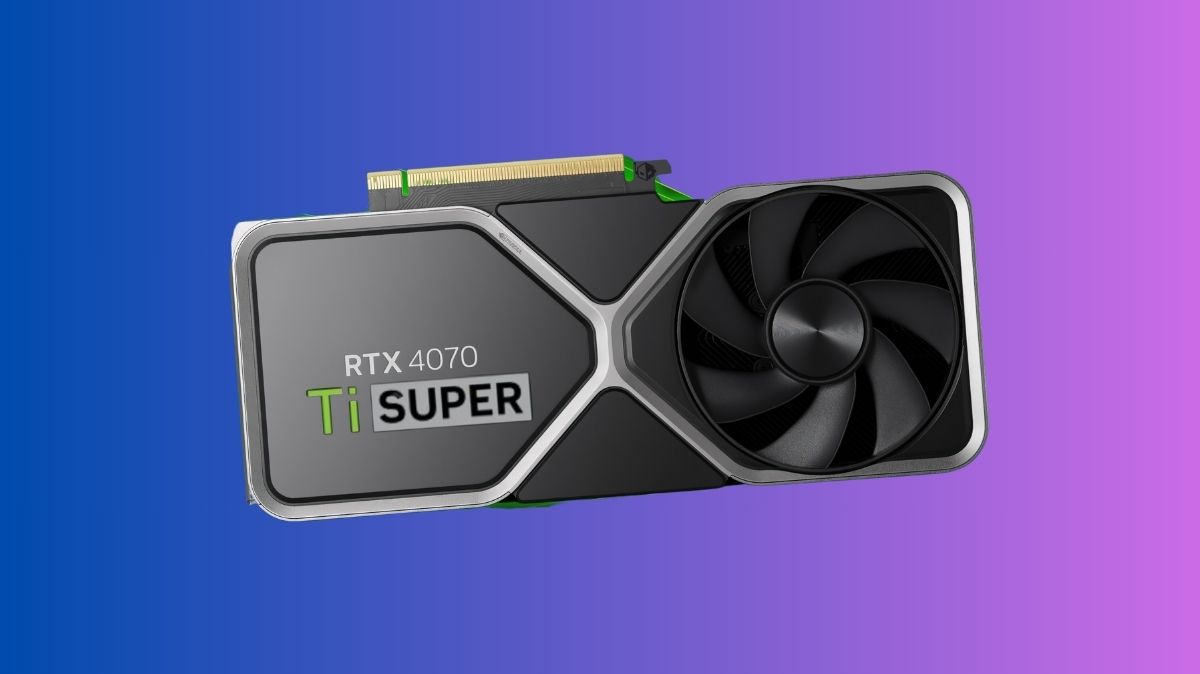
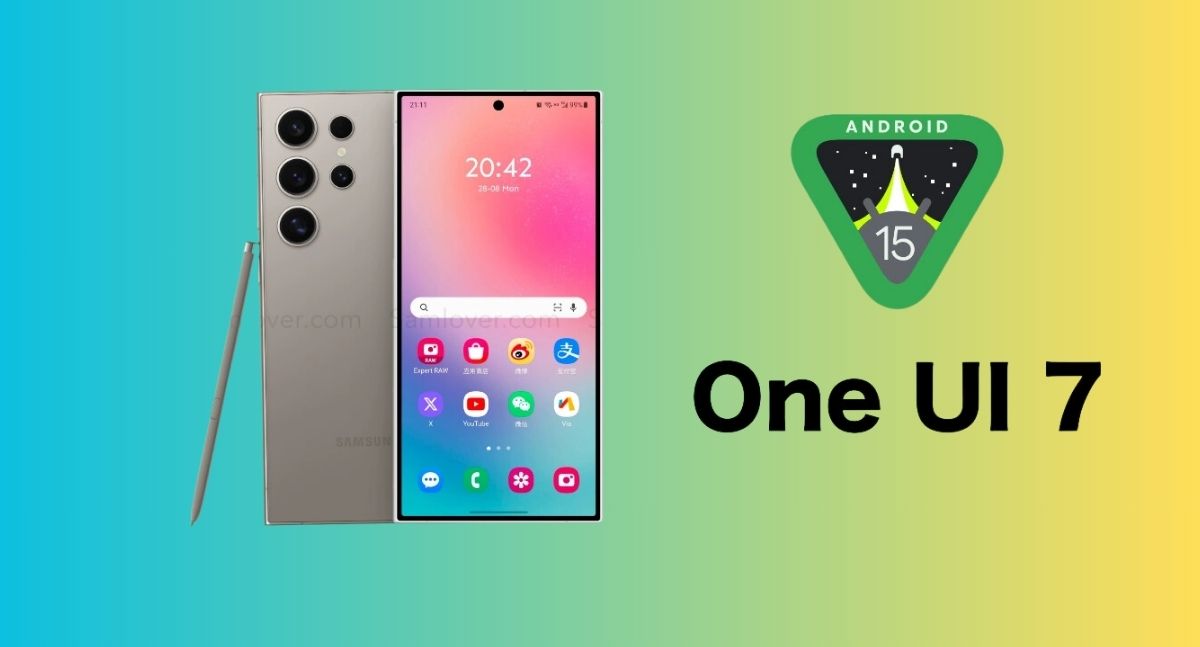
[…] AMD officially supports AMD GPUs dating all the way back to the RX 5000 series for FSR 3, there is a chance that Fluid Motion Frames […]
[…] this time, the Radeon graphics cards were at the top of the Linux gaming rankings. They were followed by Nvidia’s GeForce RTX 30 […]